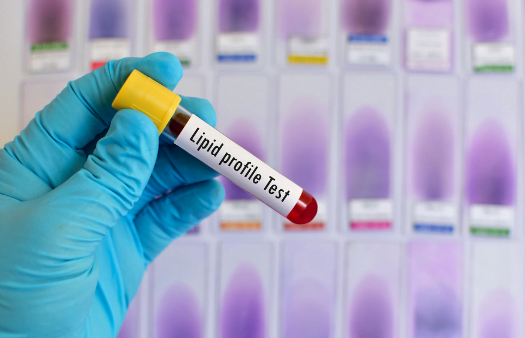Lipid Degradation Testing in Aquatic Toxicology Studies
Understanding and quantifying lipid degradation is crucial for assessing the environmental impact of pollutants on aquatic ecosystems. This service provides comprehensive testing to evaluate how lipids degrade under specific conditions, ensuring compliance with international standards such as ISO 16005:2008 and OECD Guidelines.
Lipid degradation studies are pivotal in the field of environmental toxicology, particularly when assessing the effects of chemicals on aquatic life. This service utilizes advanced analytical methods to determine the breakdown products of lipids, providing insights into the potential risks posed by contaminants. The testing process involves exposing lipid samples to various stressors and observing their degradation over time.
The methodology for lipid degradation testing includes several key steps: sample preparation, exposure to environmental conditions (such as temperature, pH, and light), monitoring of lipid levels using chromatographic techniques like High-Performance Liquid Chromatography (HPLC) or Gas Chromatography-Mass Spectrometry (GC-MS), and analysis of the resulting breakdown products. This approach allows for a thorough understanding of how pollutants affect aquatic ecosystems.
Accurate and reliable lipid degradation testing is essential for regulatory compliance, research purposes, and product development in the pharmaceutical, chemical, and environmental sectors. By providing precise data on lipid stability and susceptibility to degradation, this service helps clients make informed decisions regarding their products and processes.
The service also offers support throughout the entire testing process, from initial consultation with clients to final report generation. Our experts ensure that all aspects of the test are conducted according to international standards, ensuring accurate results and robust data for decision-making.
Environmental and Sustainability Contributions
Lipid degradation testing plays a vital role in promoting environmental sustainability by helping to identify pollutants that may harm aquatic ecosystems. By understanding how lipids degrade under various conditions, we can develop more effective strategies for pollution prevention and control.
This service contributes significantly to the reduction of environmental impact through its ability to pinpoint harmful substances early in development stages. This allows companies to focus their efforts on creating safer alternatives or implementing better waste management practices. Additionally, lipid degradation testing supports sustainable practices by aiding in the design of eco-friendly products and processes.
Our commitment to sustainability extends beyond just providing analytical services; it encompasses a broader goal of fostering responsible stewardship towards our environment. By offering reliable data on pollutant behavior within aquatic systems, we empower organizations to contribute positively to global efforts aimed at preserving natural resources and biodiversity.
Competitive Advantage and Market Impact
Lipid degradation testing provides a competitive edge by enabling clients to stay ahead of regulatory requirements and industry trends. This service ensures that products meet rigorous standards set forth by organizations like the OECD, which are recognized globally for their expertise in environmental testing.
By offering advanced analytical capabilities, we help our clients demonstrate leadership in responsible manufacturing practices. Our lipid degradation tests provide valuable insights into product performance under real-world conditions, allowing manufacturers to improve formulations and reduce risks associated with potential spills or releases into the environment.
The results from these tests contribute significantly to market differentiation by showcasing a company’s commitment to environmental stewardship. Clients who invest in this service gain access to exclusive data that can be leveraged for marketing purposes, reinforcing their reputation as environmentally conscious leaders within their industry.
Use Cases and Application Examples
- Pharmaceutical Industry: Evaluate the bioavailability of drug candidates in aquatic environments before they reach market release.
- Chemical Manufacturers: Assess the environmental fate of industrial chemicals during production processes.
- Environmental Consultants: Provide clients with detailed reports on the potential impacts of pollutants on local water systems.
| Scenario | Lipid Degradation Test Results | Implications |
|---|---|---|
| A pharmaceutical company tests a new anti-inflammatory drug. | The lipid degradation rate is found to be significantly higher than expected, indicating rapid breakdown in aquatic environments. | The company decides to reformulate the drug to enhance its stability and reduce environmental risk. |
| A chemical manufacturer assesses an intermediate product used during synthesis. | It was discovered that some of the by-products are highly persistent, posing long-term risks if released into waterways. | The manufacturer adjusts their process to minimize the formation of these problematic compounds. |





